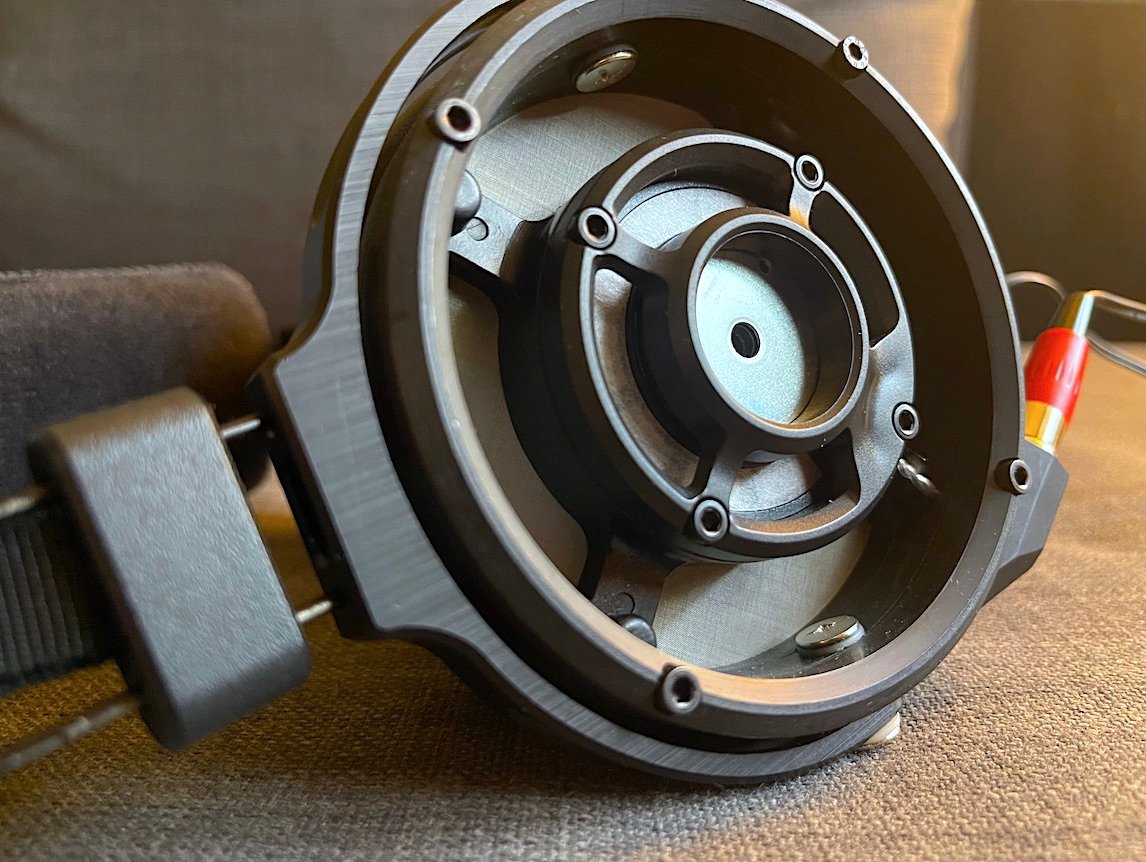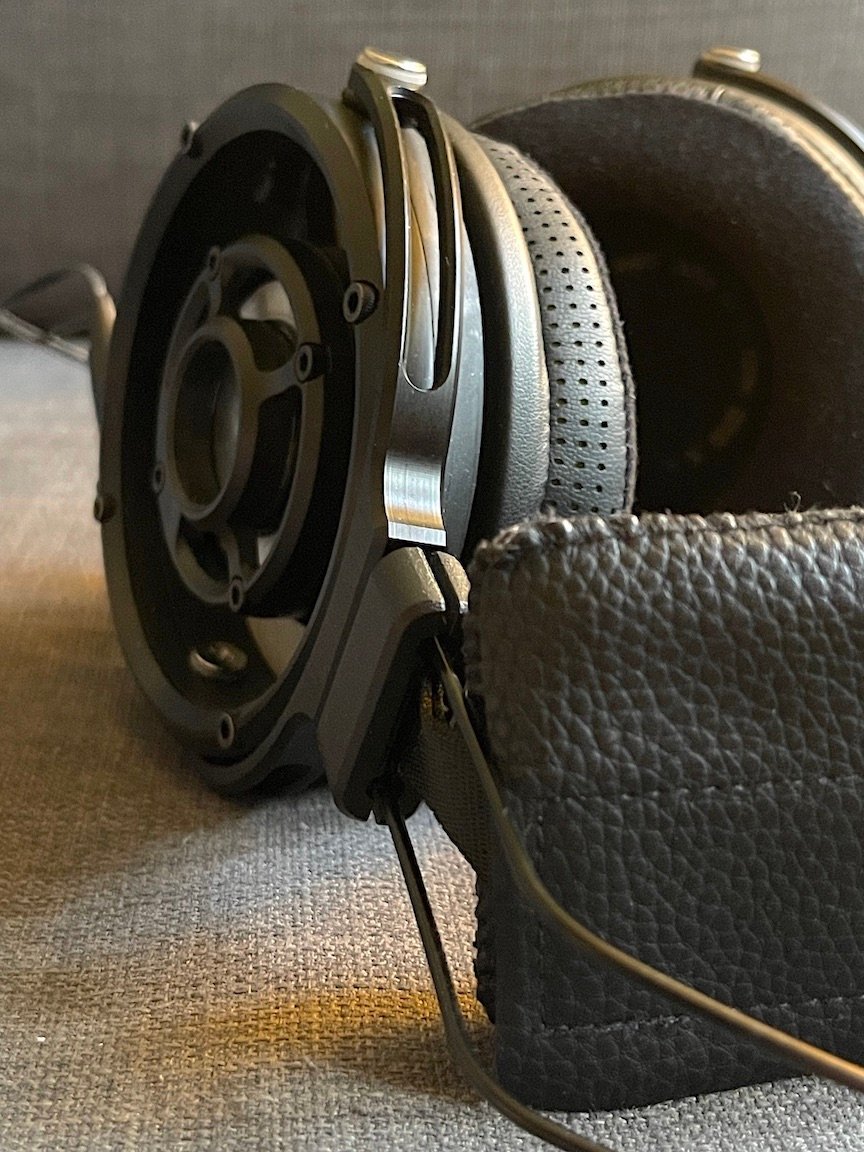Aurorus Audio Borealis

The Aurorus Audio Borealis is an $900 open back headphone with 50mm dynamic drivers and 32 ohm impedance. It comes with a 6 foot 1/4″ (6.35mm) to 4-pin mini XLR cable. The company crafts each headphone by hand with the goal of high grade construction and purist audiophile playback.
From co-owner Amar: “Our design philosophy is to try to impede the driver as little as possible in our enclosure designs. Our goal is to maximize dynamic contrast and the sense of impact to create the most engaging experience we can, while also targeting tonal balance and timbral character that comes as close as we can to preserving the natural sound of instruments and voices in a recording. We believe good gear minimizes its own character and allows the unique character of each recording to show through, so we try to keep our headphones from making different recordings sound homogeneous as much as possible.”

In 2021, I listened to a “tour unit” Borealis. The model in this review is the most current iteration, which is 80 grams lighter than the previous version.
Tonally, the new Borealis is a bit leaner and brighter sounding than my recollection of the 2021 demo unit. The headband on the current version has light clamping force, which reduces some weight and extension in the bass. Using the hands to push the ear cups in closer to the head expands the low frequencies, but this is not practical. There are aftermarket Borealis headbands available on Etsy that are said to have more caliper pressure, so that could be a more viable solution.

While it’s not sub bass salient, lows are nicely fleshed out, snappy and well contoured. It’s easy to engage with the pluck of a bass string or the thrust of a kick drum. Lower mids have good body without cloudiness or clutter. Its midrange is fluid and clear, with pristine technicalities. You can hear deeply into the music without distortion and smear. The upper midrange and treble has a delicately pronounced presence, free of shrillness or graininess. Bright, airy instruments like cymbals play with accurate attack, decay and finely distilled timbral qualities.
For the most part, Borealis has a balanced frequency response. There are some small peaks around 2K and 10K but it’s exquisitely responsive to corrective EQ, making it tailorable to different tastes.

Imaging is finely splayed without sounding artificially enhanced. Staging and layering comes off as honest and precise.
For engineering use, tonal definition, micro transients and spacial cues are revealed in stark transparency. As an example; when mastering piano music, Borealis reveals the character of the instrument, the touch of the fingers on the keys, the quality of the felt, and even the nature of microphone placement and proximity. Dynamic driver headphones typically do well with broad dynamics but Borealis is also sensitive and reactive to micro transients. There is an overall impression of proper time domain behavior.
As an untainted transducer between the recording and listener, Borealis is not heavy on personality, and yet it’s splendid, bringing music alive with freshness and expressiveness.
